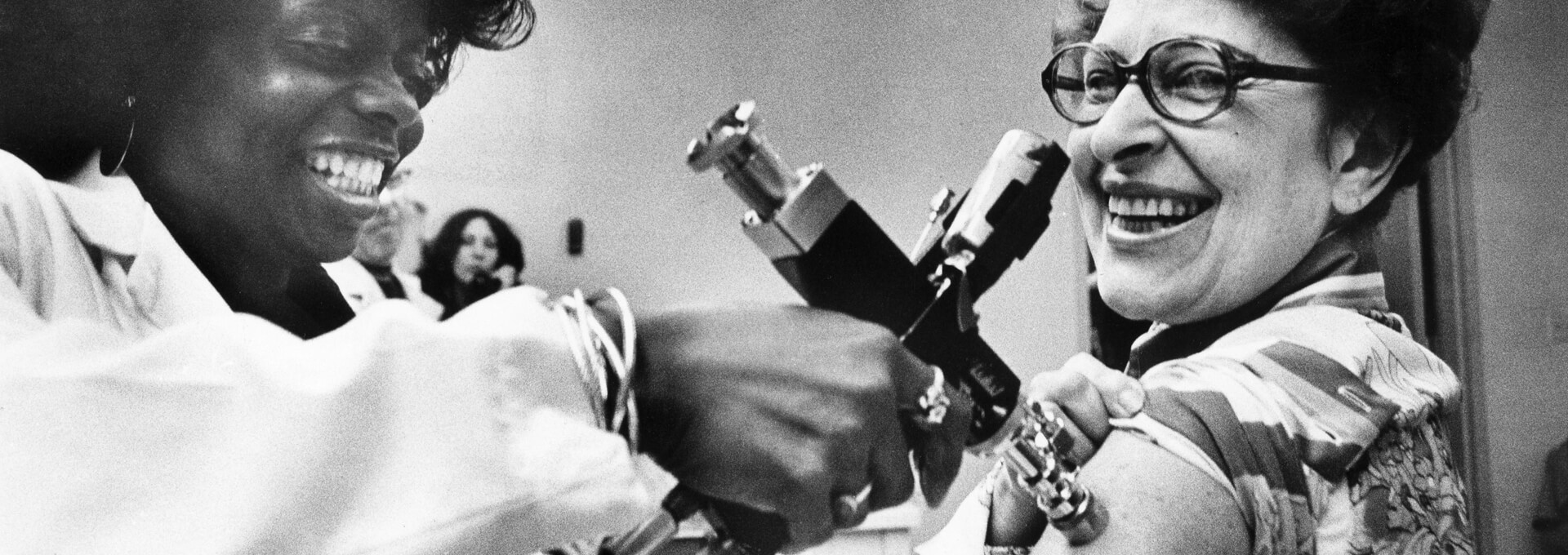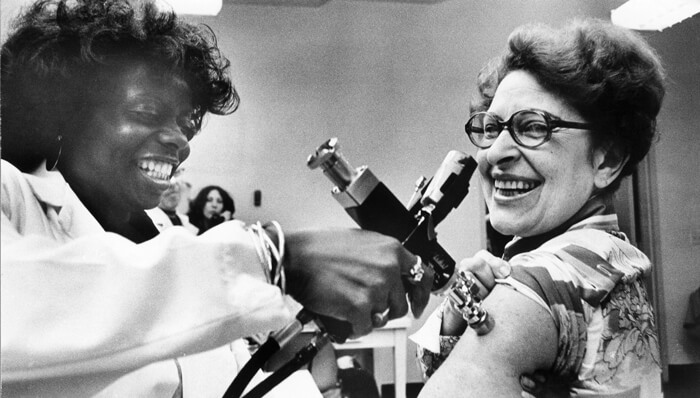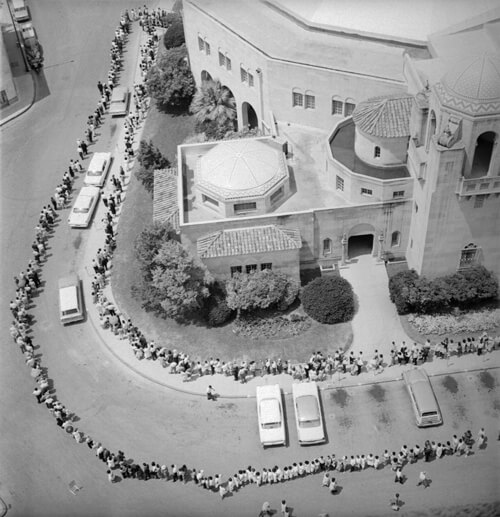Worried about the availability of primary packaging for the COVID Vaccine? It’s a logistics challenge, not a supply challenge

Across the world, scientists developing a vaccine for COVID-19 are moving at an unprecedented pace. Vaccine candidates have proceeded from early stage development to clinical trials along timelines that few thought possible. Promising vaccine candidates are under investigation in China, the European Union, the United States, and dozens of other advanced economies. An optimistic outlook, the belief that a vaccine or even multiple vaccines will reach the mass market in early 2021, is a good one.
At the same time, some players in the market have raised concerns that there will not be enough pharmaceutical-grade glass containers to meet the demand if a vaccine were suddenly approved. These fears have been compounded by the actions of pharmaceutical companies that have placed orders so large that, if filled, could serve as the sole provider of vaccines for the entire global population.
It’s time to take a deep breath. When a vaccine is ready for market, three major pharmaceutical glass suppliers—SCHOTT, Stevanato Group, and Gerresheimer—have pledged that the supply will be available. Experts estimate that a coronavirus vaccine will increase overall demand for pharmaceutical glass and pharmaceutical glass containers by approximately 5% based on the assumption of 4 billion doses per year filled—at the same level—in single and multidose containers.
That said, the supply chain for pharmaceutical glass containers such as vials and syringes exists in a unique business and regulatory context. There are certain steps that pharmaceutical companies, regulators, and governments can take to speed the distribution of a vaccine.
The Primary Packaging Supply Chain
To understand the challenges of vaccine distribution, it is perhaps necessary to know a bit more about the manufacturing process of a pharmaceutical glass container for injectables.
A pharmaceutical glass vial for injectables begins its life as borosilicate glass tubing, which is then converted into a glass container through a hot forming process. Once made and shipped to a pharmaceutical company it is processed on fill-and-finish lines, high speed manufacturing facilities that fill drug containers, label them, and package them so they can be tracked throughout the supply chain and be distributed to hospitals and pharmacies.
Each step of this process is closely regulated for health and safety. Improper packaging procedures can limit drug efficacy and lead to waste. The fill-and-finish lines at which drugs are packaged are validated to have exceedingly high safety and hygiene standards.
But before a drug is packaged in a container, pharmaceutical companies must not only perform preclinical and clinical studies to demonstrate drug efficacy, but also time-consuming tests to guarantee that there is no potential for interaction between the drug and its container. Regulatory approval for a drug comes only in combination with its packaging solution, which is why the right packaging decision is paramount for accelerated supply of a COVID vaccine.
Three Smart Options for Accelerating Delivery
What can pharmaceutical manufacturers do to ensure that packaging concerns do not delay availability of a vaccine?
Think big
Size matters. In other words, the bigger the container, the faster and more efficient the coverage of a given population with a new vaccine. This is true because of the superior volume to surface and therewith glass demand ratio of multi-dose containers. Many parts of the world have safely used larger multidose containers for safe, efficient and rapid vaccination of an at-risk population. Smallpox was virtually eradicated from the world by use of such techniques.
 The Jet Injector is one innovation to facilitate mass immunizations. Image: nsplash/@cdc
The Jet Injector is one innovation to facilitate mass immunizations. Image: nsplash/@cdc
Eradicating a virus during a global pandemic will require billions of individuals to be vaccinated, and without an efficient mechanism to achieve this goal quickly, the pandemic will linger longer than necessary.
 Aerial view of a crowd awaiting polio immunization, San Antonio, 1962. Courtesy of Centers for Disease Control and Prevention
Aerial view of a crowd awaiting polio immunization, San Antonio, 1962. Courtesy of Centers for Disease Control and Prevention
For example, if we were to place 1 billion vaccine doses in 10-ml multidose vials, it would use 50% less glass, require 30% less time to produce the containers, and cut filling time in half when compared to the materials and time needed to use 2-ml containers for an equivalent number of doses. Validation of mulitdose containers in comparison to single-dose containers will not slow down the time to market. However, some of the most promising and advanced COVID vaccine candidates, such as the cold storage mRNA candidates, will need single dose containers to ensure drug stability.
Leverage already established standards
Pharmaceutical companies should continue to rely on established supply chains for pharmaceutical containers for a number of reasons. Experienced glass suppliers and primary packaging manufacturers have decades of data that can help to identify the right material and container for a specific drug formulation, and choosing well-established packaging formats such as ISO standard vials will shorten the process of adapting fill-and-finish lines to the container specifics. Refitting fill-and-finish lines to accept containers of new or even various shapes and sizes represents a significant amount of downtime for these facilities. Furthermore, relying on existing packaging plant and container production lines that are already validated can speed up commercial upscaling because plant and line validation is a time-consuming process. More importantly, ramping up new, converting plants, and validating new supplier locations takes time, sometimes up to two years.
Cooperate on formats and capacities
Thinking in standards makes even more sense when it comes to the drug approval process. Not every COVID vaccine project will gain market approval. Yet, they all have reserved vials and production capacity. Starting the commercial filling even before the efficacy of the vaccine is confirmed may help speed up the go-to-market, but it also exacerbates the supply situation. Instead, unsuccessful or delayed vaccine projects could free vial orders and production capacity for the benefit of those projects that are successful, provided they all rely on the formats that have been most widely used in the industry. This can only be achieved through transparency and cooperation.
Conclusion
The good news is: There will be enough glass containers to supply a vaccine, and even multiple simultaneously released vaccines. Many of the major primary packaging suppliers began expanding capacity years before the pandemic hit to meet growth projections spanning decades.
With still many challenges ahead it is fair to say that there is an equal amount of very smart ideas how to master them.



 Martin VanTrieste is President and CEO of Civica Rx. Previously, he was Senior Vice President of Quality at Amgen. He has also served as the Chair of the PDA Board of Directors.
Martin VanTrieste is President and CEO of Civica Rx. Previously, he was Senior Vice President of Quality at Amgen. He has also served as the Chair of the PDA Board of Directors.